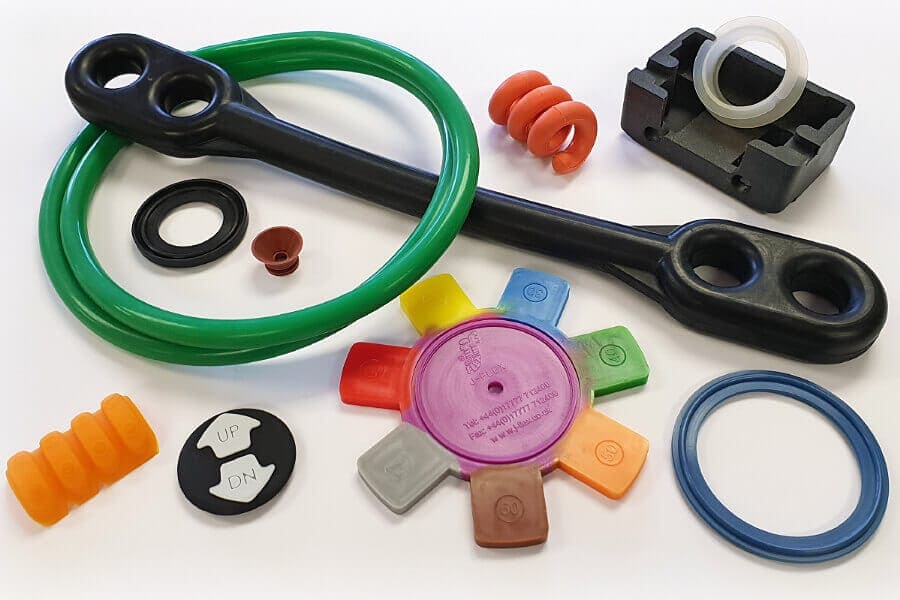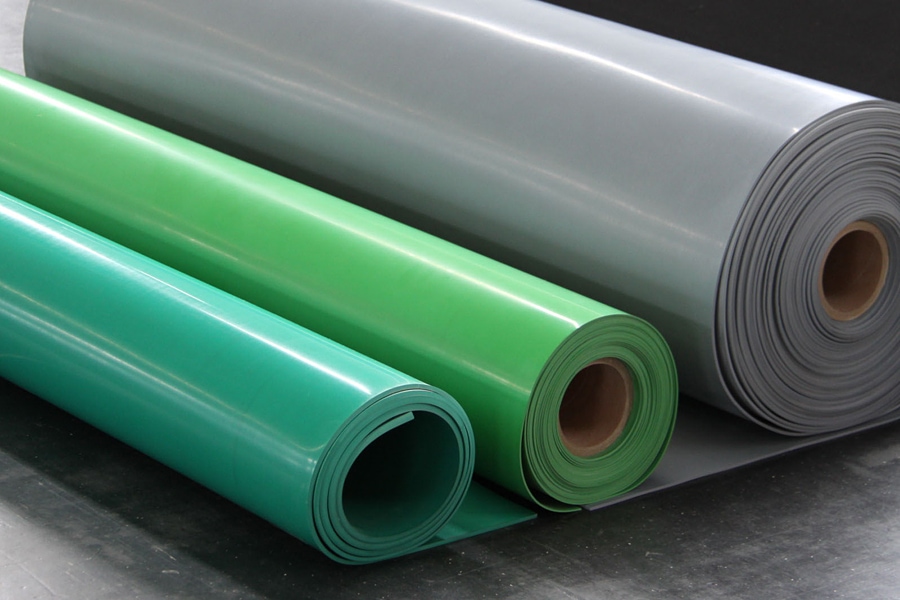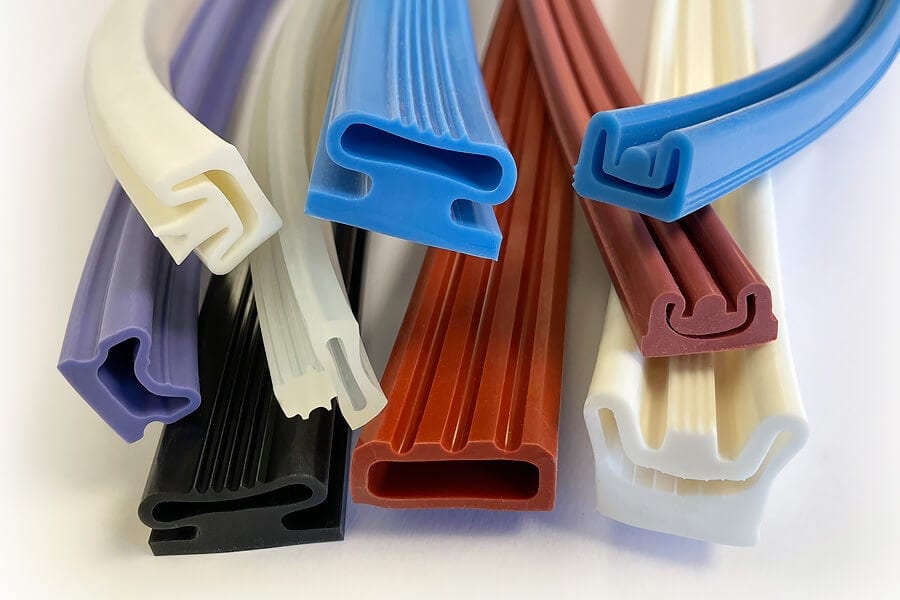
Silicone rubber stands as a remarkable elastomer in the realm of industrial materials, boasting a unique atomic structure that sets it apart from other rubber compounds. This article delves into the manufacturing process, ingredients, types, and prevalent industrial applications of silicone rubber.
How is Silicone Rubber made?
Silicone rubber production begins with silica, a compound derived from silica quartz. While silica is naturally abundant, it is most easily extracted from quartz sand. The process involves heating vast quantities of quartz sand to approximately 1800°C to extract silicon atoms. The obtained pure silicon is then combined with methyl chloride. This mixture is exposed to heat, leading to the distillation of polydimethylsiloxane. The final steps include polymerisation, moulding or extrusion, and curing, resulting in the formation of silicone rubber.
Ingredients Used in Silicone Rubber
Silica Quartz: Source of silica, extracted from quartz sand.
Methyl Chloride: Key component in creating polydimethylsiloxane.
Curing Agent: Facilitates the curing process, contributing to the rubber’s final properties.
Other Additives: Including pigments, fillers, and additional components based on specific requirements.
The combination of these ingredients yields a highly customisable material with tailored properties for various service environments.


Different Types of Silicone Rubber
Numerous grades of silicone rubber exist, each offering a unique profile of performance properties. Some common types include:
High-Temperature Silicone:
– Excels in extreme heat environments.
– Commonly used in automotive components, cooking tools, and aerospace applications.
Fluorosilicone Rubber:
– Enhanced resistance to fuels and oils.
– Applied in aerospace, automotive, and military applications.
Liquid Silicone Rubber (LSR):
– Liquid form that can be injection-molded.
– Used in medical devices, baby products, and automotive parts.
Electrically Conductive Silicone:
– Contains conductive materials.
– Suitable for applications requiring electromagnetic interference (EMI) shielding.
Medical-Grade Silicone:
– Biocompatible and hypoallergenic.
– Widely used in medical implants, tubing, and other healthcare products.
Industrial Applications of Silicone Rubber
Silicone rubber’s exceptional properties make it a preferred choice in various industrial applications:
Automotive Industry:
– Seals, gaskets, hoses, and electrical components.
– High-temperature silicone used in engine components.
Electronics:
– Insulators, gaskets, and connectors due to its resistance to electrical conductivity.
Cooking and Baking Tools:
– Non-reactive and food-safe properties make it ideal for spatulas, moulds, and baking mats.
Medical Products:
– Tubing, syringe components, fluid management devices, and implants.
Construction and Aerospace:
– Seals, gaskets, and insulators due to its resilience in extreme weather conditions.
Consumer Products:
– Sportswear, storage containers, electronics, cosmetics, and footwear.
In conclusion
Silicone rubber’s diverse types and exceptional properties have established it as a key player in various industries, offering reliability and versatility in a wide array of applications. Its ability to withstand extreme conditions, coupled with its biocompatibility and resistance to degradation, makes silicone rubber a material of choice in the ever-evolving landscape of industrial materials.
Related articles also worth reading:
What’s the difference between Silicon and Silicone?
How is Rubber made? (Mainly focussed on Natural rubber)
What is Synthetic Rubber?
Check out these other informative and educational articles:
Which rubbers are Fire Resistant / Fire Retardant?